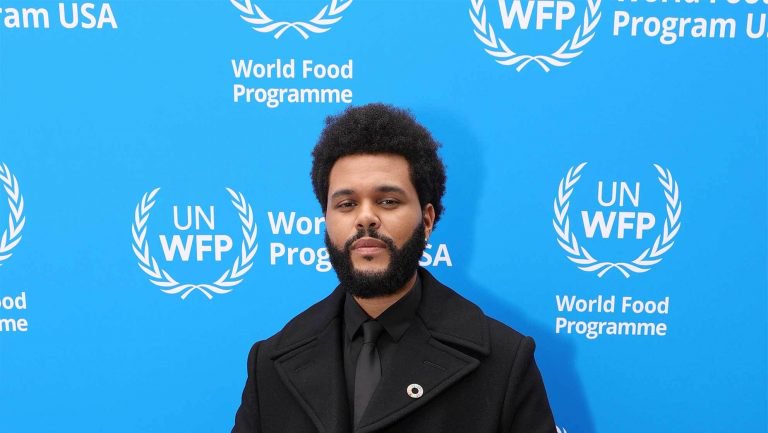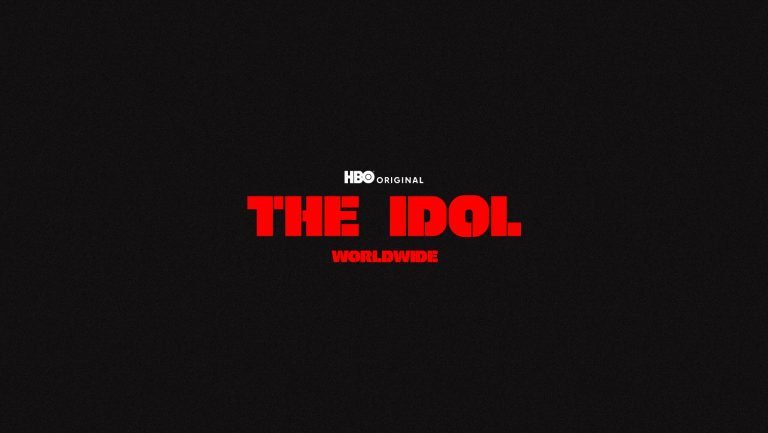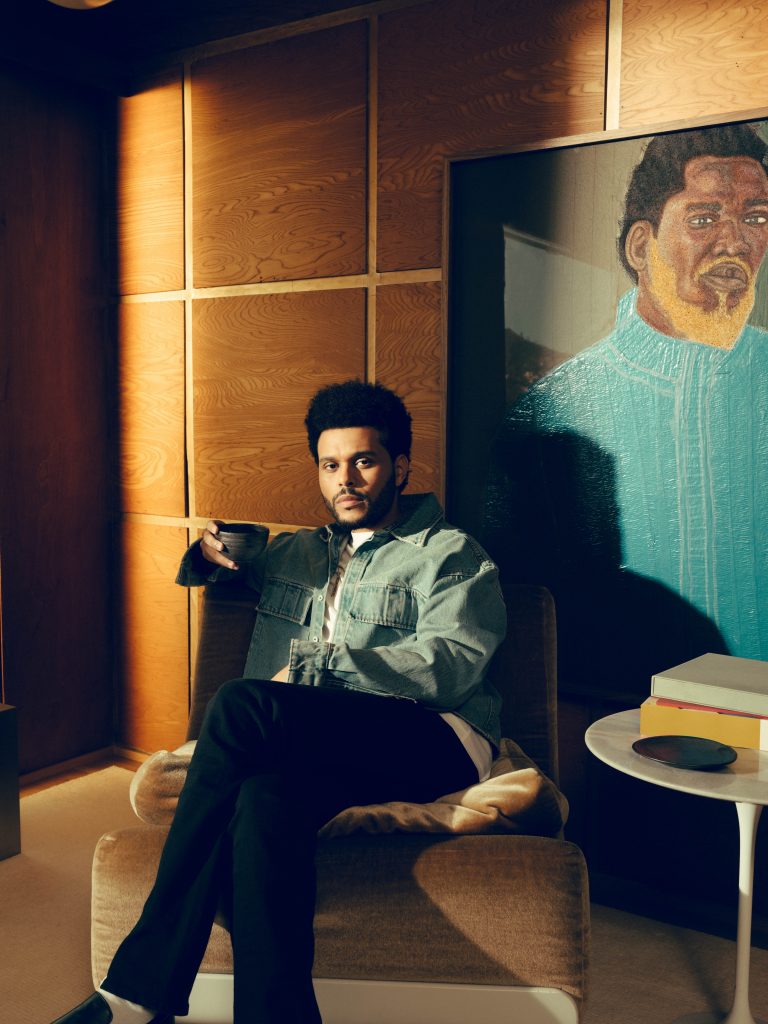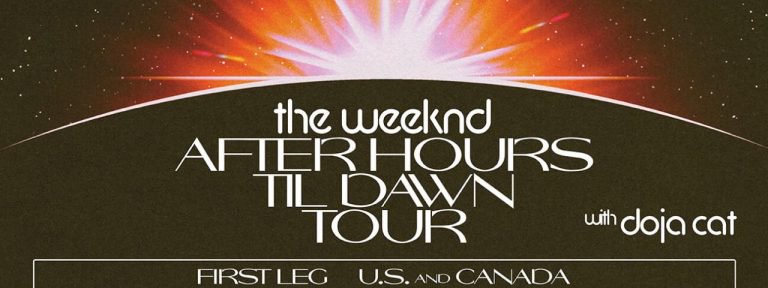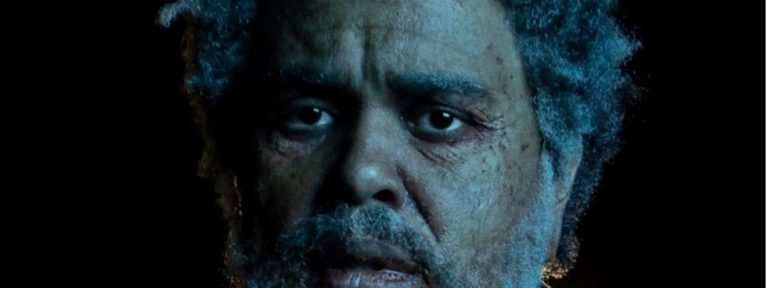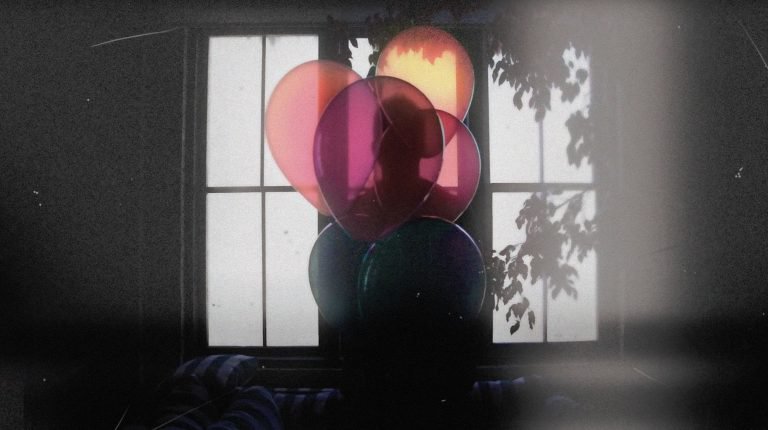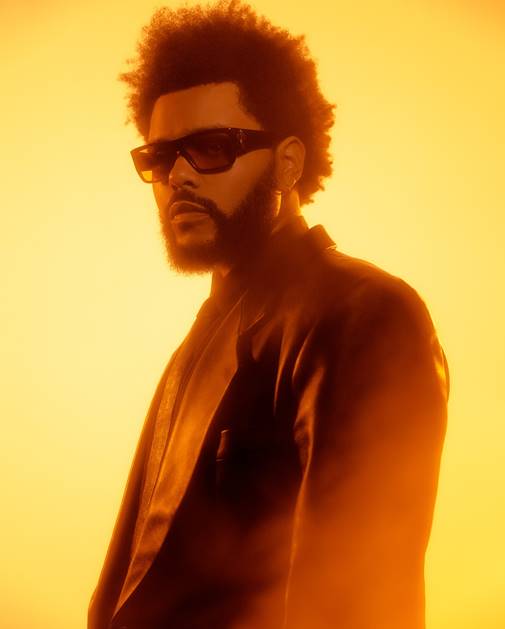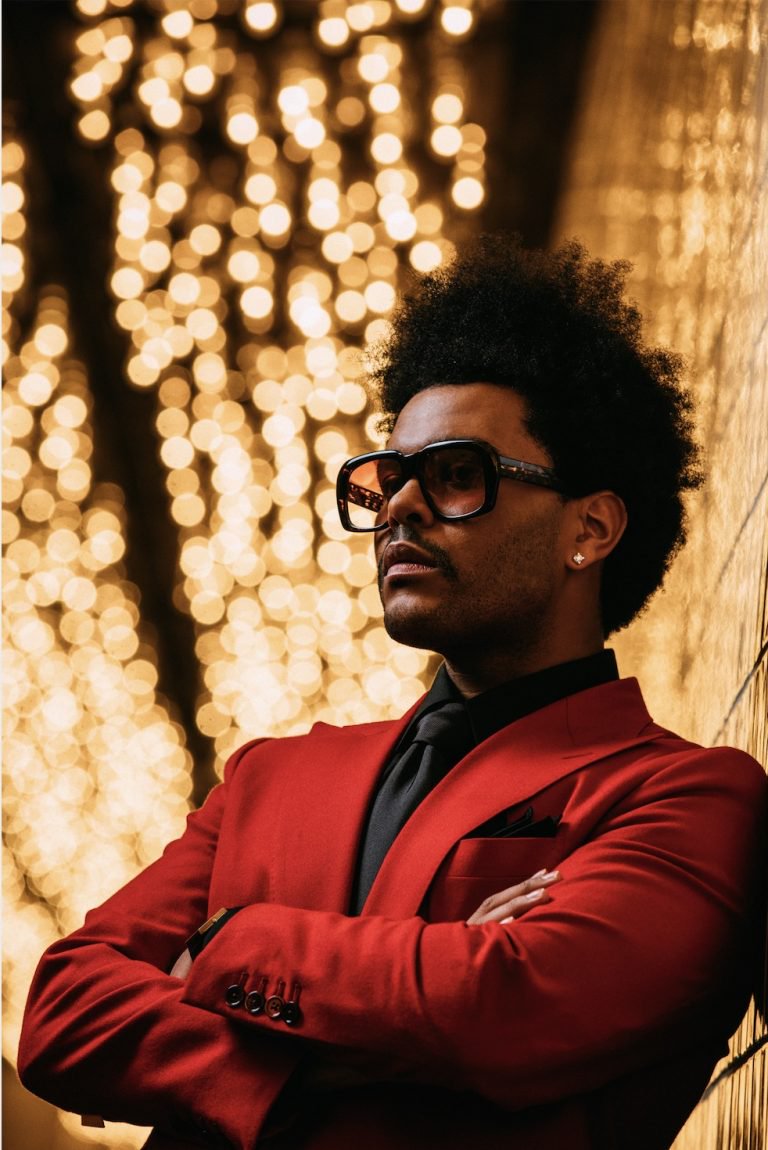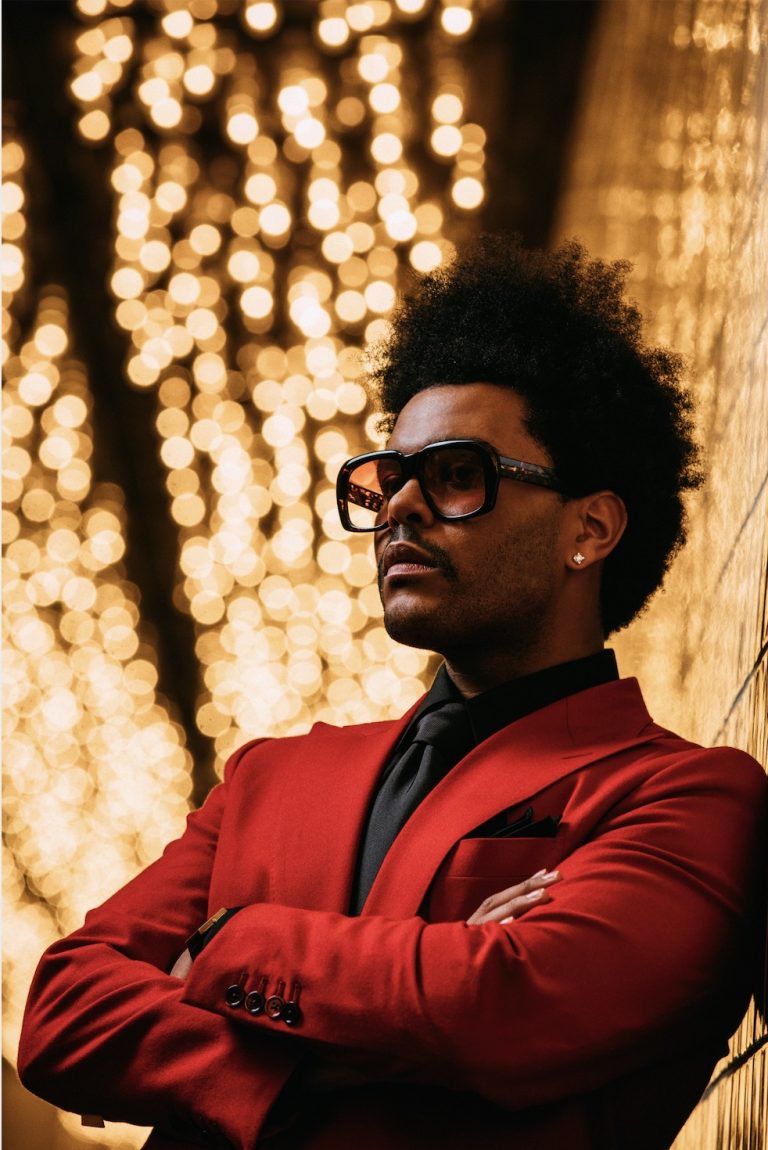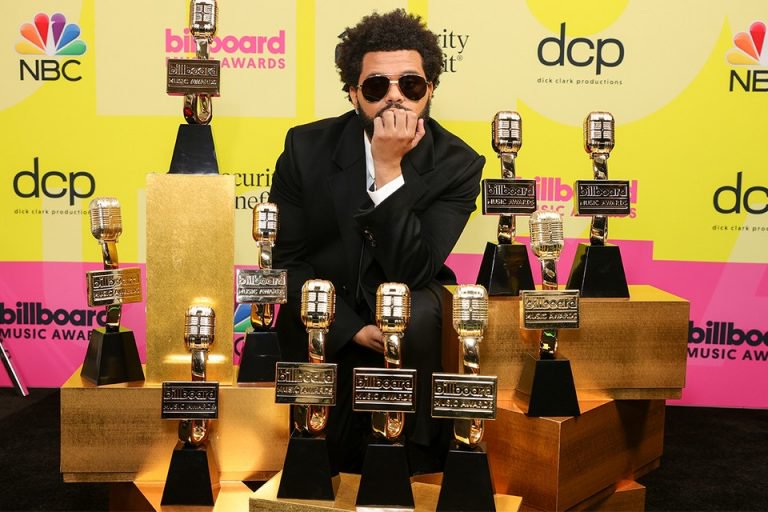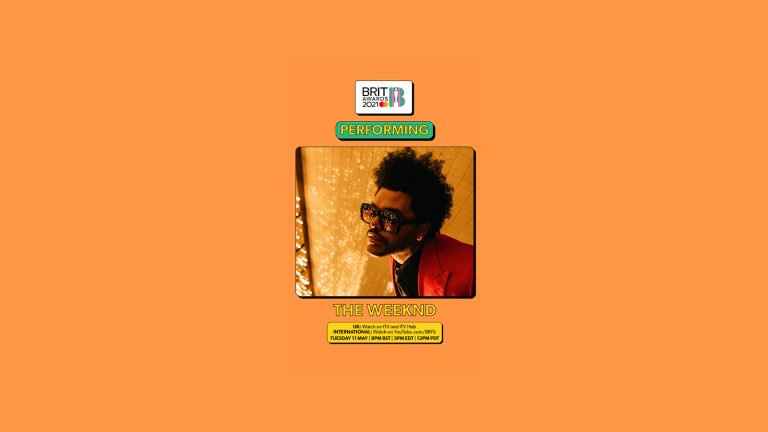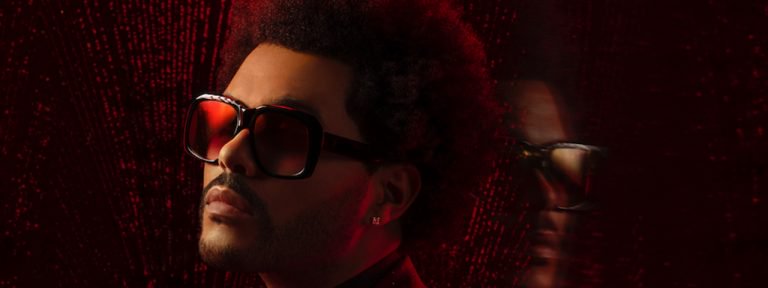How ‘Blinding Lights’ Became the No. 1 Song of 2020 (So Far)
Tweet This! ‘Blinding Lights’ has a billion plays on Spotify, and inspired a TikTok dance challenge with 2.7 billion views.
The synthwave-inspired track dropped in November, then slowly caught fire on Spotify, then TikTok.
The biggest song of the year isn’t an uplifting Covid-19 charity single or a protest anthem—it’s a throwback to the 1980s.
“Blinding Lights,” the No. 1 hit by R&B-pop star The Weeknd, is 2020’s most-streamed track on Spotify, the world’s leading music-streaming service, racking up more than 1 billion plays since its Nov. 29 release.
“It’s been the first gigantic hit song since I’ve been at Spotify,” says Ned Monahan, head of global hits, who joined the company in December and oversees playlists like “Today’s Top Hits” and “New Music Friday.”
The story of why “Blinding Lights” succeeded is a combination of deft songwriting and smart business planning. The Weeknd’s fame and canny use of ‘80s influences fueled its rise. But the artist also worked with hit producer Max Martin and met with Spotify and TikTok representatives early on about promoting it.
In a rarity for a single by a global superstar, it ended up being a slow burn: It ballooned on Spotify in January and February, then got an extra lift in March when it inspired a popular TikTok dance challenge.
Of all the reasons it hit, the most important are the song’s catchiness, retro aesthetic and contrast of bright, upbeat sounds and lonely lyrics, music experts say. Since 2011, The Weeknd, whose real name is Abel Tesfaye, has been known for popularizing a moody style of “alternative R&B,” while cultivating a nihilistic, roguish persona—a kind of male version of singer-songwriter Lana Del Rey’s noirish image. On “Blinding Lights,” he fused that sound with ‘80s-style synths and electronic beats to evoke nostalgic hits like A-ha’s “Take on Me.” Meanwhile, forlorn lyrics such as “I’ve been on my own for long enough” and “the city’s cold and empty” inadvertently resonated with millions of music fans under lockdown, experts say. The song’s music video shows The Weeknd going on a post-breakup bender, stumbling through a “Miami Vice” nightscape of fast cars and dazzling casinos.
The Weeknd’s success with “Blinding Lights” is a huge moment for “synthwave,” the subgenre of electronic-music he drew from that is inspired by 1980s pop, movies and videogames. While Mr. Tesfaye, who was born in 1990, has long shown a fascination with the 1980s—he channels Michael Jackson and covers “Dirty Diana”—it’s on new songs like “Blinding Lights” that he’s gone full-on synthwave, experts say.
“Blinding Lights” is “an updated take on something you might hear in a nighttime scene from an ’80s movie,” says Derrick Rossignol, music news editor at the culture and entertainment website Uproxx.
Mr. Tesfaye has said that he draws inspiration from synth-pop classics where melody is a priority.
He wanted his new music to be like Roxy Music’s “More Than This” (1982), where “you press play and you know it’s a hit almost immediately—you don’t have to wait to get the chorus,” he told Variety in April. To achieve this, he changed “Blinding Lights,” which didn’t initially “have those melodies in the first verse.”
His moves are part of a bigger trend. In the 2010s, niche artists like Kavinsky, Trevor Something and Gunship drove synthwave toward the pop mainstream. Now, artists big and small like The Weeknd, Dua Lipa (“Physical”) and 070 Shake (“Under the Moon”) are using Reagan-era sounds to differentiate themselves from the Top-40 pack, giving the genre visibility at pop’s highest levels.
TOP SONGS FROM THE PAST FIVE YEARS
The Weeknd’s “Blinding Lights” is the most-streamed song in the world on Spotify this year (as of June 3), surpassing 1 billion streams. Here, the top songs from prior years (full years):
-
2019: “Señorita” by Camila Cabello and Shawn Mendes
-
2018: “God’s Plan” by Drake
-
2017: “Shape of You” by Ed Sheeran
-
2016: “One Dance” by Drake (featuring Wizkid and Kyla)
-
2015: “Lean On” by Major Lazer and DJ Snake (featuring MØ)
“Blinding Lights” was primed to do well from the start. The Toronto-born son of Ethiopian immigrants, The Weeknd has become one of the music industry’s most-streamed performers, thanks to colossal hits like “Can’t Feel My Face.” (Amid recent protests against police brutality in the U.S., he donated $500,000 to various organizations and urged “industry partners and execs” to follow suit.)
Mr. Martin, the Swedish super-producer responsible for many of the 21st century’s biggest songs (Britney Spears, Katy Perry, Taylor Swift) was among his collaborators. The pair also worked together on hits including “Can’t Feel My Face.”
In early November, Mr. Tesfaye’s team met with Spotify to brainstorm how the service could promote his coming album’s first two singles: “Heartless”—co-produced by rap producer Metro Boomin and aimed at The Weeknd’s core audience—and “Blinding Lights.”
The result was an “unprecedented” partnership, says Ashley Graver, Spotify’s head of creative artist partnerships, including billboards, online banners and a digital album-release listening party.
On Nov. 27, The Weeknd released “Heartless,” which quickly hit No. 1 on the Billboard charts. “Blinding Lights” arrived two days later. Initially, it remained in the shadow of “Heartless”—a frequent occurrence for second singles—and slipped down Billboard’s Hot 100 rankings.
But 11 days after its release, “Blinding Lights” overtook “Heartless” on Spotify, Mr. Monahan says. Starting Dec. 9, the song slowly picked up steam, before a sudden burst in January. In early February, it topped the U.K.’s singles chart.
“It’s unusual to see this slow of a burn with an artist this big,” Mr. Monahan says.
Then came TikTok. On Feb. 7, Isabel Quinteros, TikTok’s senior manager of artist relations and music partnerships, drove with colleagues to the Los Angeles home of Sal Slaiby, who manages The Weeknd, to hear more songs from the coming album. But there was little doubt about which track was most TikTok-friendly. “We were all in agreement that ‘Blinding Lights’ was going to be the one,” Ms. Quinteros says.
The first known TikTok dance video, with three male friends in a living room, was uploaded March 3. Four days later, The Weeknd performed “Blinding Lights” on Saturday Night Live. Later, a second TikTok appeared.
On March 20, The Weeknd released his critically acclaimed album “After Hours,” which in its first week sold the equivalent of 444,000 units in the U.S., including streaming—the biggest week for an album in 2020.
As “After Hours” topped the chart week after week, the “Blinding Lights” dance challenge gained momentum. Social-media celebrities David Dobrik and Addison Rae joined in, and then the McFarlands—a well-known TikToking family—amplified the trend.
TikTok added fuel on March 26 by programming a hashtag on its “Discover” page in the U.S., Australia and Canada. Views of the dance challenge exploded; to date, the hashtag has 2.8 billion views. “It was just really great content to see while stuck at home,” Ms. Quinteros says.
It is unclear whether The Weeknd’s management or labels XO and Republic Records reached out to—or paid—any TikTok influencers to promote the song, something that has become common in the music business, according to Ms. Quinteros. A spokesperson for XO says, “the challenge was started organically by fans.”
Huge hits containing a ten-second stretch with a distinct aesthetic—songs like “Blinding Lights”—have good chances to explode on TikTok, Uproxx’s Mr. Rossignol says. Its nostalgic elements likely helped it stand out on TikTok and expanded its appeal to families and non- Weeknd fans.
On March 30, Billboard announced “Blinding Lights” had hit No. 1 on the Hot 100 singles chart—the first of four nonconsecutive weeks.
By now, the song has probably peaked, Spotify’s Mr. Monahan says. Spotify data show its massive popularity gently trending down since early April. Yet it remains a force to be reckoned with: It is currently the No. 1 song on U.S. radio and could be a contender for Billboard’s “song of the summer” race. On Spotify’s own Global Top 50 chart, it is No. 2.


